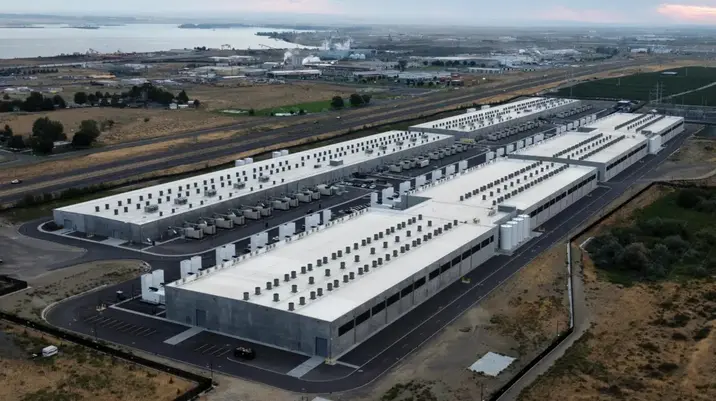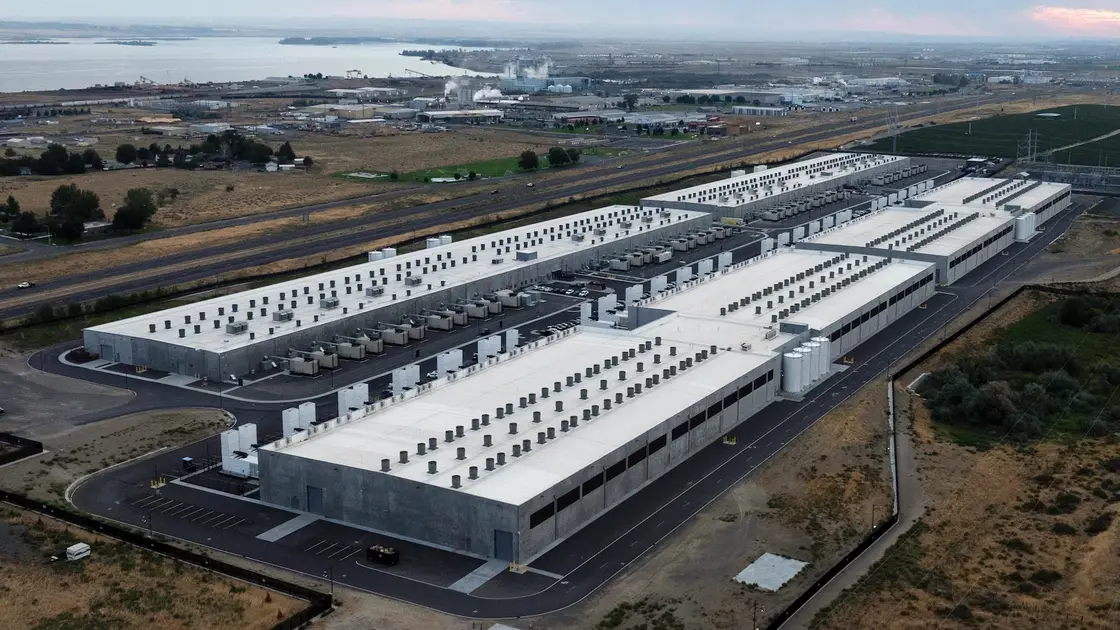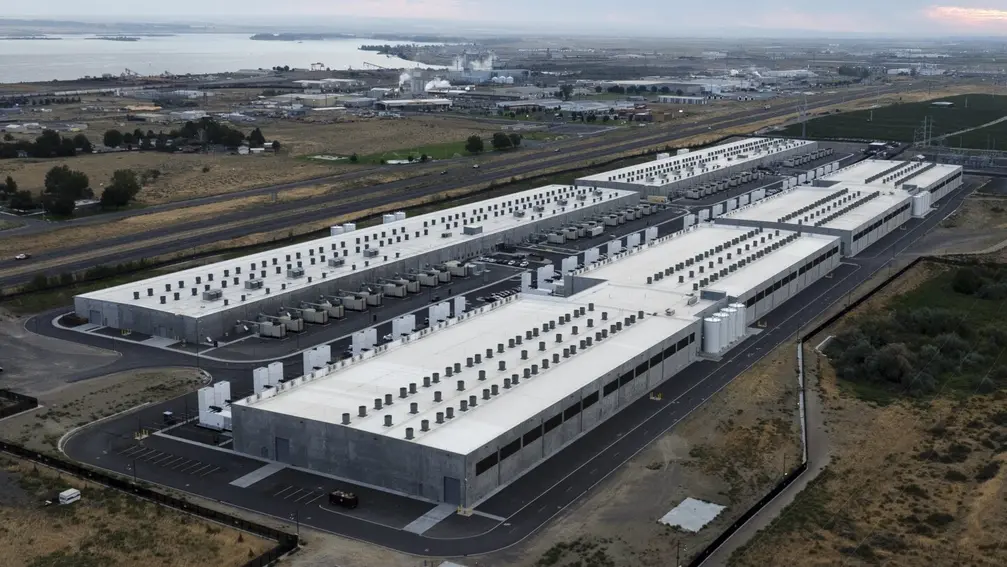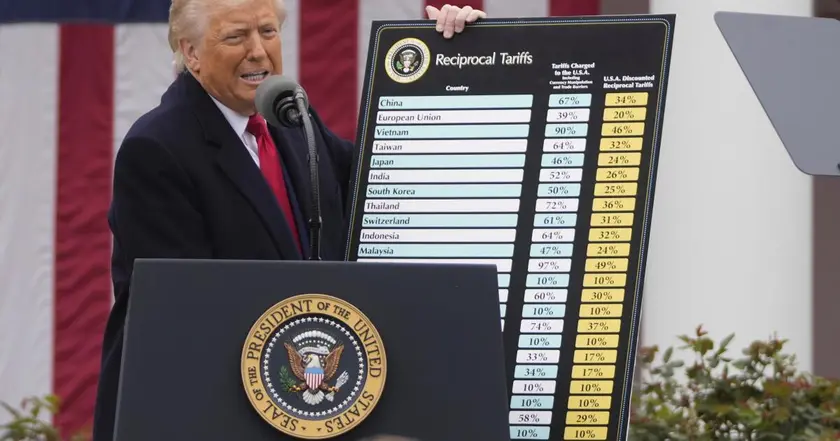T4K3.news
Power bills rise as data centers face new scrutiny
States push to require data centers to pay higher local transmission costs, while regulators study the impact on ratepayers.

Rising electricity bills prompt debates over who should pay for energy used by large data centers.
States push data centers to cover local transmission costs
HARRISBURG, Pa. Amid rising electric bills, states are weighing ways to shield regular ratepayers from the costs of powering data centers run by Microsoft, Google, Amazon and Meta. The effect on bills is hard to measure, and some regulators question whether states have the will to push back against the tech giants. Still, more than a dozen states are studying or adopting measures to require data centers to cover more local transmission costs and to pressure PJM Interconnection to curb price increases.
Not all data centers look the same in policy terms. Some could consume more electricity than cities the size of Pittsburgh and make large factories look small by comparison. That shifts costs away from a broad base and tests a system that spreads transmission charges across customer groups. Harvard researchers warn that incentives to attract data centers have distorted price signals and questioned whether the current system fairly allocates costs. The Data Center Coalition says its members will pay their fair share, but critics question how those promises will be verified.
Key Takeaways
"The infrastructure is being built for a few customers and a few facilities, and these are the wealthiest companies in the world."
Ari Peskoe on cost allocation
"There’s a massive outcry."
Charlotte Shuff on public reaction
"There are real transmission upgrades on the horizon, potentially hundreds of millions of dollars."
Stephen DeFrank on costs
The policy tension mirrors a broader question about who pays for infrastructure built to support AI growth. Ratepayers face bill hikes while data center firms chase cheap energy. The risk is not just money but trust in regulators.
States like Oregon and New Jersey push to study or raise specialized rates. If designed badly, the changes risk undermining business confidence and slowing investment. If designed well, they would create a fairer path that protects households without scaring off data centers.
Highlights
- The grid is being rewired for a handful of giants
- Ratepayers shouldn’t pay the price for AI growth
- Data centers must carry their own weight in the grid
- Trust in regulators hinges on fair cost design
Budget impact and political risk for ratepayers
Rising power bills tied to data center growth could shift costs from large users to ordinary households, inviting budget pressure and political backlash as states weigh new rates.
Policy choices here will define who pays the electricity bill in the AI era.
Enjoyed this? Let your friends know!
Related News

Data centers push states to redefine power costs

AI Data Centers May Outpace Bitcoin in Energy Use

States push higher power charges for data centers

Trump policy wins met with looming backlash

Ranking all FBS programs for the 2025 season

Cheyenne to host massive AI data center project

UnitedHealth Stock Declines Despite Strong Earnings

Supreme Court to review age verification laws affecting Pornhub access
